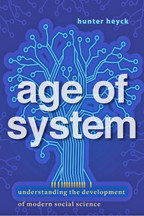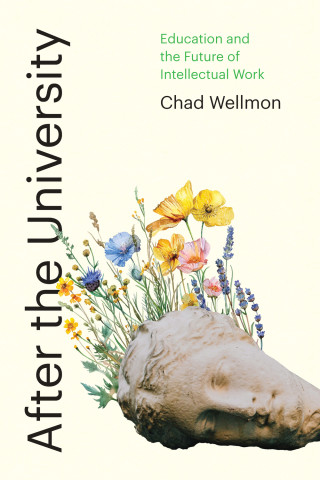
Reviews
[A] complex tapestry of the history of interdisciplinary knowledge production and institutionalization. Undisciplining Knowledge offers a detailed and illuminating account of the historical and intellectual forces that shaped interdisciplinarity in the twentieth century and those that continue to do so today.
Graff's carefully argued book is much to be welcomed.
I am fascinated by Undisciplining Knowledge. The most comprehensive and complicating examination of interdisciplinary study yet undertaken. Graff pushes on the boundaries of received wisdom.
In this fascinating set of historical case studies, Harvey Graff traces the ways many now-common fields of knowledge, such as biology, cognitive science, sociology, and nanotechnology, developed as the result of interdisciplinary exchanges. Graff's insights (and cautions) will be valuable to anyone involved in education or research interested in seeing current myths of "interdisciplinarity" exploded by serious scholarship.
Harvey Graff adds a valuable historical dimension to discussions of interdisciplinarity by comparing the complex and varied history of academic fields. His probing of less familiar terrain, such as cognitive science, literacy studies and operations research, will prompt fresh thinking about the value and limits of specific research programs. This volume is unique in advocating inclusive and respectful cross-field dialogue while also offering bracing criticism of particular historical examples of interdisciplinarity in practice.
All academics and researchers are familiar with the concepts of disciplines and interdisciplinarity, but few would agree very precisely as to their meaning. Harvey Graff examines these ideas, and related concepts such as disciplinary clusters and discipline envy, from many perspectives - philosophical, historical and social - and explains how they have evolved, often in concert with the shifting structure of academia itself. Graff describes the use and abuse of discipline-interdiscipline jargon, the successes and failures of academic tribes seeking to use these concepts for their own advantage, and the impacts on scholarship, pedagogy and the modern educational experience. It is a fascinating and well-documented discussion of a set of conceptual constructs that most of us think we understand, but probably do not.
Book Details
List of Tables and Figures
Preface
Acknowledgments
Introduction
1. Sciences of Life and Society in the Making of the Research University
2. Crossing and Remaking Boundaries
3. In Search of Unification for
List of Tables and Figures
Preface
Acknowledgments
Introduction
1. Sciences of Life and Society in the Making of the Research University
2. Crossing and Remaking Boundaries
3. In Search of Unification for War and Peace
4. Between Mind and Mentality
5. A Material World and the Making of Lifeworlds
6. The Past and Future of Interdisciplinarity
Notes
Select Bibliography
Index





